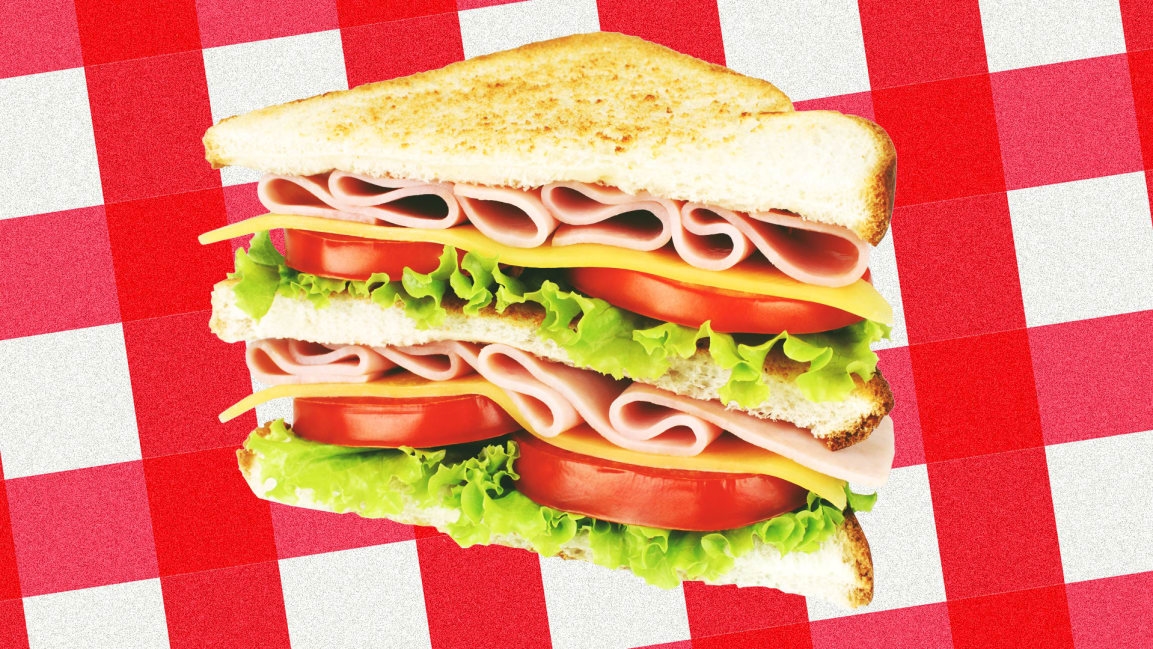Long live lunch: Why the midday pause matters more than ever
The British food delivery and takeout service Just Eat made headlines last month by tweeting about a new employee initiative for remote workers called the “power hour.” The plan: encourage one hour for guilt-free time in the middle of the day to eat, spend time with the family, go for a walk, or just breathe. Not surprisingly, the move was heavily criticized as simply being a lunch hour, repackaged as a trendy concept.
But there was something behind Just Eat’s faux pas. During the COVID-19 lockdown, remote workers are finding it difficult to separate their personal and professional lives—so much so, that they need company initiatives to remind them to take a break.
Absolutely incredible innovation over at Just Eat where they have just invented the concept of a lunch break pic.twitter.com/cXIgaHbJqB
— Stevie Buckley (@StevieBuckley) April 15, 2020
As the CEO of an app that encourages people to take off the time due to them, I’ve noticed that there seems to be a common misunderstanding and limited culture around remote work. It used to be seen as a company perk that allows people to sit around at home watching TV. Yet, in reality, remote workers have repeatedly proven themselves to be more productive than those in an office—13 percent more, according to a study by Stanford University.
But now, with so many of us working from home, companies are finally starting to acknowledge their responsibility to check in and promote their teams’ well-being. Office routines can easily slip at home and need to be encouraged for us to stay focused and happy.
With that in mind, here’s why, more than ever, you need to stop and take your lunch break:
The problem
Some companies already allow remote work on a regular basis, but the sudden onset of COVID-19 has confined many of us to working from home, setting up temporary workstations on kitchen tables, and living work-life by webcam.
Normally, remote work comes with a flexibility that allows you to flex your hours according to your routine, but now, people are reverting to the standard 9 to 5 hours. The uncertainty of the pandemic and mass move toward remote work, combined with fewer opportunities to leave our homes, means people are slipping back into standard practices, rather than what they’re used to—more importantly, rather than what they’re best suited to.
The result is people sitting in front of their computers for eight hours straight, without taking any breaks. The most pressing problem then is breaking this behavior before it develops into a habit and leads to employee burnout.
The reason
Despite misconceptions that being at home comes with more distractions, most remote employees have fewer disruptions. With no one to encourage you to leave your desk, no friends to meet, and no restaurants to dine in, remote workers (especially those without children) are choosing to power through their lunch breaks.
In contrast, offices are where people arrange to eat together or to actively move away from their workstations and detach from the task at hand. Not having others to prompt you to take a break can make it difficult to know what to do during the lunch hour at home. Especially if you live alone, in a lot of respects, it’s simply easier to continue bashing away at your keyboard.
Management has a big part to play in the issue. We’re all led by example and pay attention to details like: if our colleagues take a break, if meetings and deadlines are scheduled during lunch, and if there are subtle comments that suggest we should be online all day. Equally, if teammates don’t take lunch, you might assume you can’t or shouldn’t either.
This concern is realized in a 2019 report that revealed roughly 20% of workers don’t pause for lunch because they’re worried their boss will think less of them. Even more worrying is the 22% of bosses who actually think that people who take regular lunch breaks aren’t working hard enough.
The solution
First things first: You need to take a lunch break.
The same 2019 report also found 90% of employees feel refreshed after a proper lunch break, while 81% said daily stops for lunch gave them the desire to be an active member of the company.
Still, these stats don’t immediately stop feelings of guilt or inefficiency. But like every learning curve, the trick is to practice.
As an employee, you can start by setting boundaries and communicating them to your teammates. Tell them you are going on a break and what time you’ll be back; be clear that you’ll be having lunch and you won’t answer any messages. Then, sign out of those attention-grabbing grabbing tools like Slack, Teams, or Google Chat, and switch off your phone or laptop if possible. Don’t be afraid of missing messages—it’s only one hour of disconnecting, and you deserve the time off.
If you’re higher up the chain of command, say that you’re breaking for lunch on the company-wide chat and invite your colleagues to do the same. You could even share an article that shows how brief diversions can vastly improve human focus. This type of transparency is really effective in building a healthier attitude toward lunch.
Once you’ve overcome the biggest hurdle of committing to lunch, choose to do something that makes you happy during the break. Cook, read, meditate, listen to music, go for a walk, do some exercise, work on a personal project, or learn a new skill like an instrument or language. You’ll be surprised at how rewarding the humble lunch break can be!
The takeaway
The way businesses are responding to COVID-19 is highlighting how mental health and happiness levels are critical to productivity and results. With such a large switch to working from home, we need to be mindful how the transition away from the office alters daily life for us all.
There’s a clear case to break damaging cultures that dissuade people from taking a lunch break. Now that we have fewer social influences in our homes, the need is even more pressing. Not to mention, as remote work may well become the norm after the pandemic subsides, it’s time we set examples for healthy, constructive work routines that can be standard practice for the future.
Gary Bury is the CEO of Timetastic, a staffing time off and vacation planning service.
(6)



